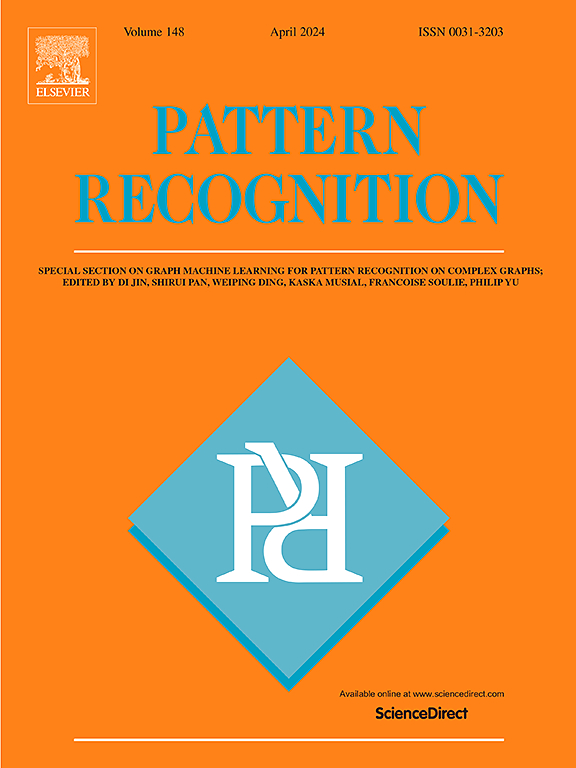Supervised incremental feature selection using regularization vector for dynamic multi-scale interval valued datasets
IF 7.5
1区 计算机科学
Q1 COMPUTER SCIENCE, ARTIFICIAL INTELLIGENCE
引用次数: 0
Abstract
Feature selection is pivotal for enhancing machine learning and data mining models, where its accuracy directly affects model performance and applicability. Traditional methods often overlook the dynamic nature of data and the multi-scale aspect of high-dimensional datasets, leading to limitations in real-world applications. This paper introduces a novel incremental feature selection method using a regularization vector tailored for dynamic multi-scale interval valued fuzzy decision systems . The paper first establishes the concepts of object affiliation relation and class, providing a theoretical basis for integrating replay and regularization. It then introduces the affiliation contradictory state and , broadening the application of contradictory state in dynamic settings and enabling efficient feature selection. The integration of regularization and replay strategies is realized through four algorithms designed for different update patterns. Empirical results across various datasets show that the proposed method significantly outperforms multiple conventional techniques, highlighting its practical potential for real-world deployments.
动态多尺度区间值数据集的正则化向量监督增量特征选择
特征选择是增强机器学习和数据挖掘模型的关键,其准确性直接影响模型的性能和适用性。传统方法往往忽略了数据的动态性和高维数据集的多尺度方面,导致在实际应用中的局限性。针对动态多尺度区间值模糊决策系统(D-MIvFD),提出了一种基于正则化向量的增量特征选择方法。本文首先建立了对象关联关系和类的概念,为重播和正则化的整合提供了理论基础。然后引入了关联矛盾状态(ACS)和RV,拓宽了矛盾状态(CS)在动态环境中的应用,实现了高效的特征选择。通过针对不同更新模式设计的四种算法,实现了正则化和重放策略的集成。不同数据集的实证结果表明,该方法显著优于多种传统技术,突出了其在现实世界部署中的实际潜力。
本文章由计算机程序翻译,如有差异,请以英文原文为准。
求助全文
约1分钟内获得全文
求助全文
来源期刊

Pattern Recognition
工程技术-工程:电子与电气
CiteScore
14.40
自引率
16.20%
发文量
683
审稿时长
5.6 months
期刊介绍:
The field of Pattern Recognition is both mature and rapidly evolving, playing a crucial role in various related fields such as computer vision, image processing, text analysis, and neural networks. It closely intersects with machine learning and is being applied in emerging areas like biometrics, bioinformatics, multimedia data analysis, and data science. The journal Pattern Recognition, established half a century ago during the early days of computer science, has since grown significantly in scope and influence.
 求助内容:
求助内容: 应助结果提醒方式:
应助结果提醒方式:


